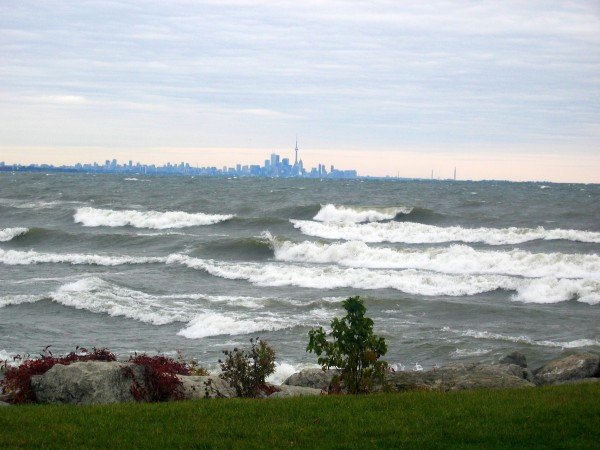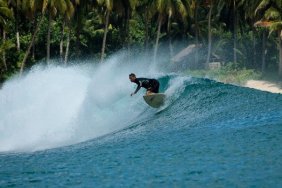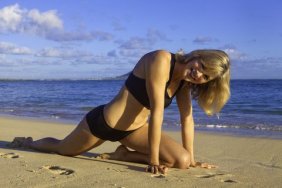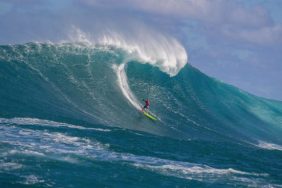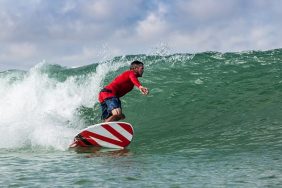Freshwater waves are often thought to be a novelty surfing experience. Waves on a lake or rive? Much like surfing at night, river waves and lake waves are an aspect of surfing that makes it that much more adventurous and accessible to new groups of riders.
Turns out the North Shore of Lake Superior is among the most popular locations for these freshwater junkies to get their fill on waves, according to a recent feature story titled The Other North Shore by SURFER Magazine.
RELATED: Night Surfing on the Northern California Coast
As the largest lake, Superior is recorded to have seen waves up to 30 feet in 1975. Although that’s an extremely rare occurrence, one can only imagine how much incredible that is to occur on a lake. The lakes also house waters that range from 80 degrees down to 32 degrees Fahrenheit.
Incredible waves are able to rip through these waters due to the fetch of the lakes, meaning that there is plenty of distance for wind to travel across the lake and build a swell. Being a lake, the waves found here are often breaking at very short periods. Also, the freshwater offers a different buoyancy for surfers, so many choose a board with more volume. And it’s cold!
It can be tough to understand what drives these surfers to chase waves in often freezing temperatures. These surfers face brutal conditions and miserable weather, as the best and most surfable waves are present in the winter months due to low pressure systems and high winds. This prompts a swell that is as consistent and big as most popular ocean breaks.
In the story by Justin Hausman in SURFER Magazine, the writer explores the virbrant surf community among the Great Lakes with Wisconsin resident Burton Hathaway. The California transplant is described as the most stoked surfer around and showed it with his enthusiasm.
RELATED: 5 Off-the-Beaten Path Surf Spots
Like many other freshwater breaks, the Great Lakes surf community are fairly tight-knit and welcoming group unlike some of the locals-only breaks in California and Hawaii. They even created networks of surf report resources, allowing surfers to get access to current swell conditions.
From the footage and photographs, it’s clear they are stoked to even be out there perched upon their boards in such frigid waters. This attitude seems contagious for freshwater surfers, as I saw the same attitude among surfers of the man-made Boise River wave.
Though conditions are not for the faint of heart, it is oddly understandable why the surfers of the Great Lakes would put themselves through the ringer in an attempt to catch such icy waves.
If you’ve ever surfed, chances are that you left the water wanting more — whether you have a lust for one more wave on the same old break you’ve been surfing for years, or you dream of being lost on the coast of an off-the-beaten-path surf paradise. These are likely similar to the feelings of these Great Lake surfers.
Photo credit: Wikimedia
